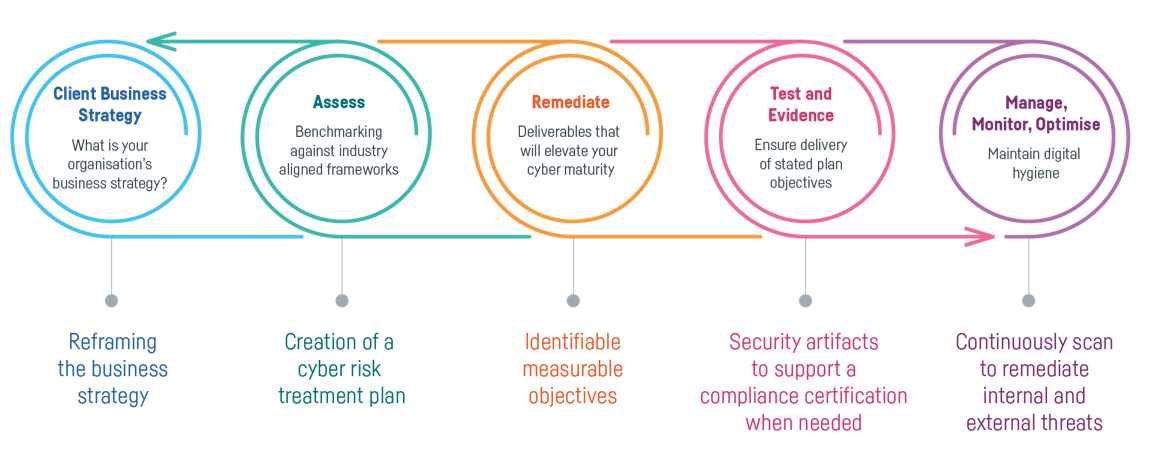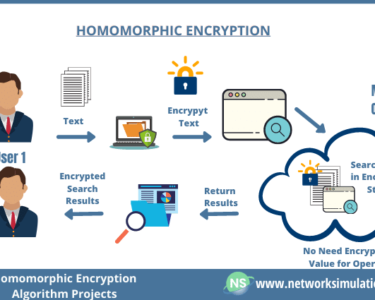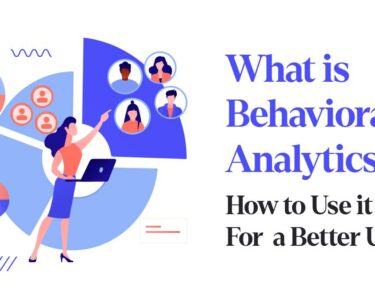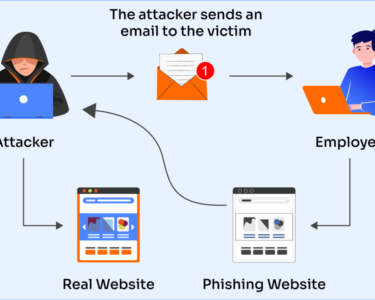
Evolution of Digital Security Strategies
In the realm of digital technology, security has become paramount. As organizations and individuals embrace the benefits of cyberspace, protecting their digital assets from malicious actors has assumed critical importance. Over the years, digital security strategies have undergone a significant evolution to meet the challenges posed by the ever-changing threat landscape.
Early Beginnings: Perimeter Defense
In the early days of computing, digital security primarily focused on perimeter defense. Firewalls and intrusion detection systems (IDS) were deployed to create a barrier between trusted and untrusted networks, preventing unauthorized access from external threats. However, as technology advanced, attackers found ways to bypass these defenses, necessitating a more comprehensive approach.
Risk Management and Compliance
Recognizing the limitations of perimeter security, organizations began to adopt risk management frameworks. These frameworks provided a structured approach to identifying, assessing, and mitigating digital security risks. Compliance with industry regulations, such as the Payment Card Industry Data Security Standard (PCI DSS), also became increasingly important, driving the development of more robust security measures.
Identity and Access Management
As organizations grew more complex and interconnected, controlling access to sensitive data became a major concern. Identity and access management (IAM) systems emerged to manage user identities, authenticate access, and enforce authorization policies. Multi-factor authentication (MFA) and privileged access management (PAM) further strengthened user authentication and restricted access to critical systems.
Zero Trust and Microsegmentation
The traditional perimeter-based security model proved inadequate in the face of sophisticated attacks that could penetrate internal networks. The zero-trust approach, where every request is authenticated and authorized regardless of the network location, gained prominence. Microsegmentation, which isolates applications and network segments to limit the impact of breaches, complemented the zero-trust model.
Cloud Security and DevOps
The rapid adoption of cloud computing introduced new security challenges. Cloud service providers (CSPs) shared responsibility for security with their customers, necessitating close collaboration and the adoption of cloud-specific security measures. DevOps practices, which emphasize collaboration between development and operations teams, also influenced security strategies, fostering a culture of continuous integration and deployment.
Artificial Intelligence and Machine Learning
Artificial intelligence (AI) and machine learning (ML) have revolutionized digital security. These technologies enable the automation of threat detection, response, and predictive analytics. AI-powered security systems can detect anomalies and identify potential threats in real-time, reducing human error and improving incident response.
Current Trends
The evolution of digital security strategies continues to be driven by emerging threats and technological advancements. Some key trends include:
- Cybersecurity mesh architecture: A distributed security model that connects multiple security tools and technologies to create a more resilient and adaptive security posture.
- Cyber threat intelligence: Sharing and analyzing information about threat actors and tactics to enhance early detection and prevention capabilities.
- Security orchestration, automation, and response (SOAR): Automating security operations to improve efficiency and reduce the burden on security teams.
Conclusion
The evolution of digital security strategies reflects the dynamic nature of the threat landscape and the constant need for organizations to adapt and innovate. By embracing new technologies, adopting best practices, and collaborating with partners, organizations can enhance their digital security posture and safeguard their critical assets in the face of evolving threats.



